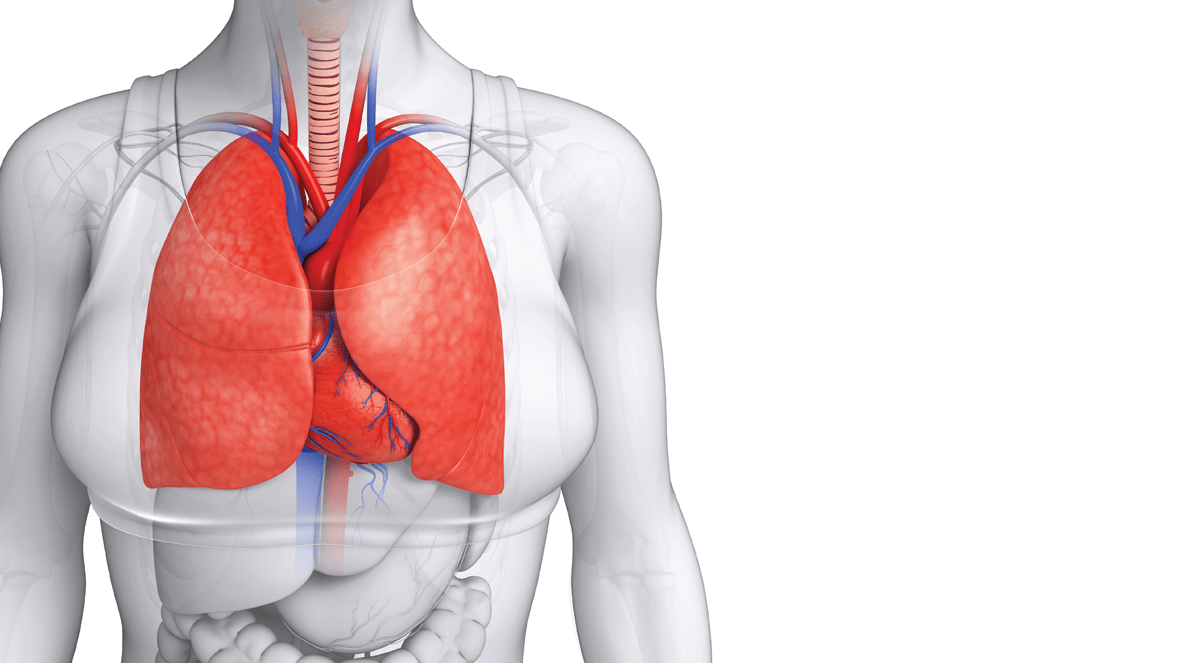Studies have shown that patients with respiratory tract infections (RTIs) often have higher risk for cardiovascular events than those without RTIs. However, these studies have mostly assessed risk within the first few months after an RTI. Investigations that have assessed long-term risk have had conflicting results. By better characterizing the short- and long-term risks of CVD after an RTI, clinicians may be able to clarify whether these infections are risk factors for CVD and help explain the short- and long-term morbidity and mortality among patients with RTIs.
Assessing Risk
For a study published in JAMA, Sachin Yende, MD, MS, and colleagues examined community-based cohorts from the Cardiovascular Health Study (CHS) and the Atherosclerosis Risk in Communities study (ARIC). “CHS enrolled patients older than 65 from 1989 to 1994, and we have follow-up data for about 15 years,” explains Dr. Yende. “The ARIC study enrolled patients aged 45 to 65 from 1987 to 1989, and has similar follow-up data.”
To determine if the risk of CVD varied over 10 years following hospitalization for pneumonia, the authors identified pneumonia hospitalizations in the CHS and ARIC cohorts. These individuals were then matched with patients without pneumonia and monitored for the development of CVD. Risk was assessed within the 30 days of hospitalization, from 30 to 90 days, from 90 days to 1 year, and then annually thereafter. The researchers also sought to determine if any associations between pneumonia and CVD risk persisted after adjusting for traditional and cardiovascular risk factors.
Persistent CVD Risk
“Our study confirmed that the risk of CVD events is indeed higher among patients who have had pneumonia when compared with those who have not had it,” says Dr. Yende. “This risk persisted for up to about 10 years among elderly patients in the CHS cohort and up to about 2 years in younger adults in the ARIC study. This is longer than what has been previously reported [Table].”
Nearly 35% of patients with pneumonia in the CHS cohort had CVD events over the 10-year study. Risk for CVD among patients with pneumonia was highest in the first year, with hazard ratios of 4.07 in the first 30 days, 2.94 for days 31 to 90, and 2.10 for 91 days to 1 year when compared with those without pneumonia. CVD risk remained elevated into the tenth year among patients with pneumonia, with a hazard ratio of 1.86.
In the younger ARIC cohort, the risk for CVD over 10 years was much lower than that of the CHS cohort but still significant a significant 16%. When compared with patients without pneumonia, those with it had CVD hazard ratios of 2.38 in the first 30 days, 2.40 between 31 and 90 days, 2.19 between 91 days and 1 year, and 1.88 during the second year. Hazard ratios were no longer statistically significant beyond 2 years.
“We went to great lengths to try to address whether pneumonia is a marker of CVD or if it could potentially be in the causal pathway,” explains Dr. Yende. “The cohorts we studied had detailed information about chronic diseases, especially CVD risk factors, and echocardiography findings. We adjusted for differences in risk factors between those with and without pneumonia. Even after these efforts, we still saw that patients with pneumonia had a higher risk of CVD. Although we cannot assign causality, our findings suggest that there could be a causal association between pneumonia and CVD.”
The study investigators also assessed how the increased risk of CVD due to pneumonia compared with the risk associated with well-known CVD risk factors like diabetes and smoking. “We found that the risk associated with pneumonia is either similar or actually higher in some cases, suggesting that it is probably as important to consider pneumonia as it is to think about most other traditionally considered risk factors,” Dr. Yende says. This increased risk for CVD occurred regardless of whether patients had mild or severe cases of pneumonia.
Important Implications
According to Dr. Yende, the study findings reinforce the importance of discussing the benefits of vaccinating patients for pneumonia as well as influenza. “Vaccination will not only prevent patients from being hospitalized with these infections, but also the potential downstream consequences, including CVD,” he says.
The reasons behind the high mortality rates for pneumonia—even years after hospitalization—have remained poorly defined in currently available research. “Our study indicates that a potential explanation for these high rates could be that patients who are hospitalized with pneumonia subsequently have more CVD events years later,” says Dr. Yende. “These events may increase the long-term risk of death.”
Research is needed to define interventions to reduce the risk of CVD among patients who are hospitalized with pneumonia, according to Dr. Yende. “Whether assessing CVD risk factors in these patients and putting them on aspirin or statin therapy can improve their long-term outcomes remains to be addressed,” he says. “It’s important to begin considering what can be done differently to improve the care of patients hospitalized with pneumonia and reduce their short- and long-term risk of CVD.”



 PWeekly
PWeekly